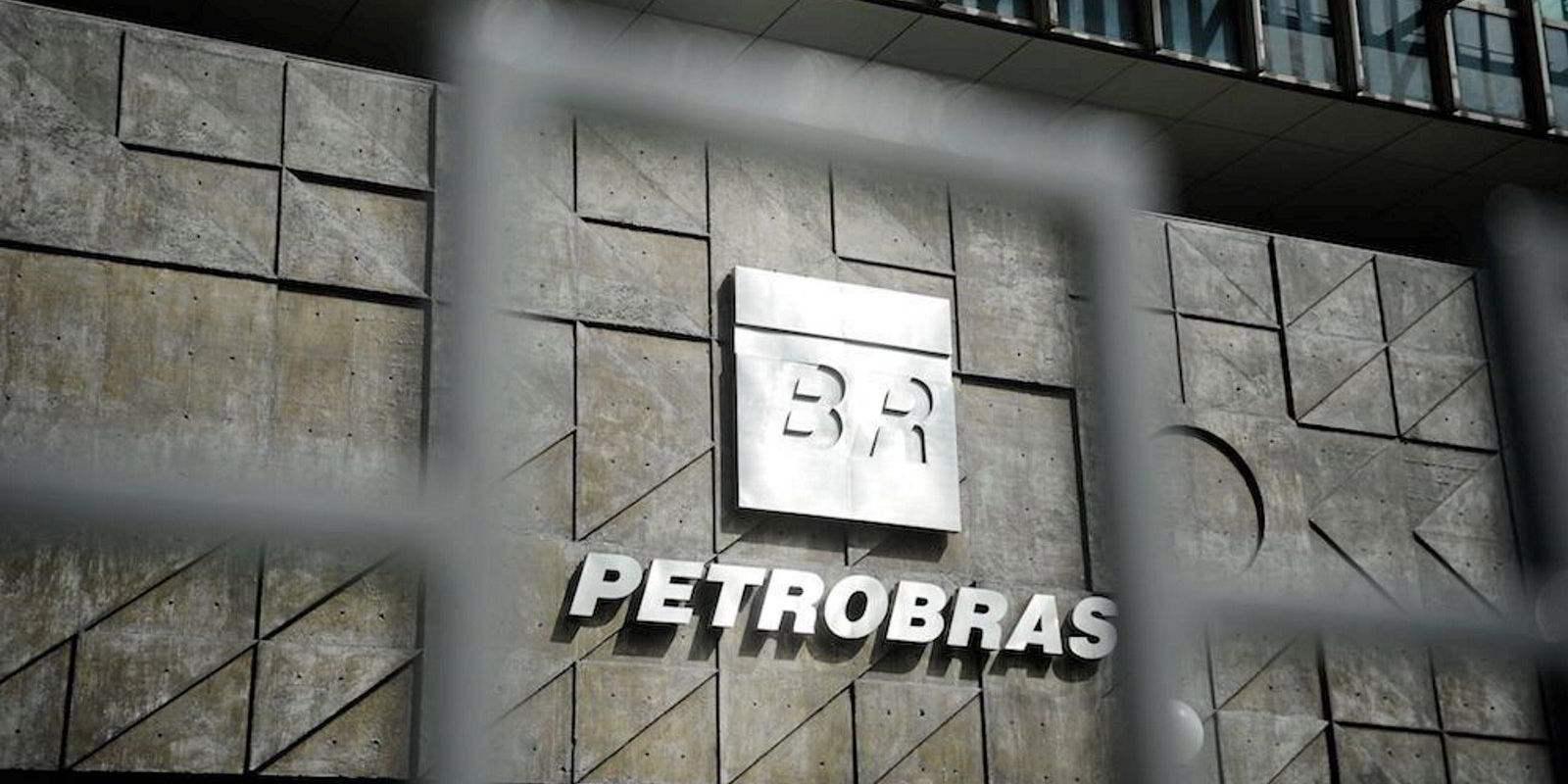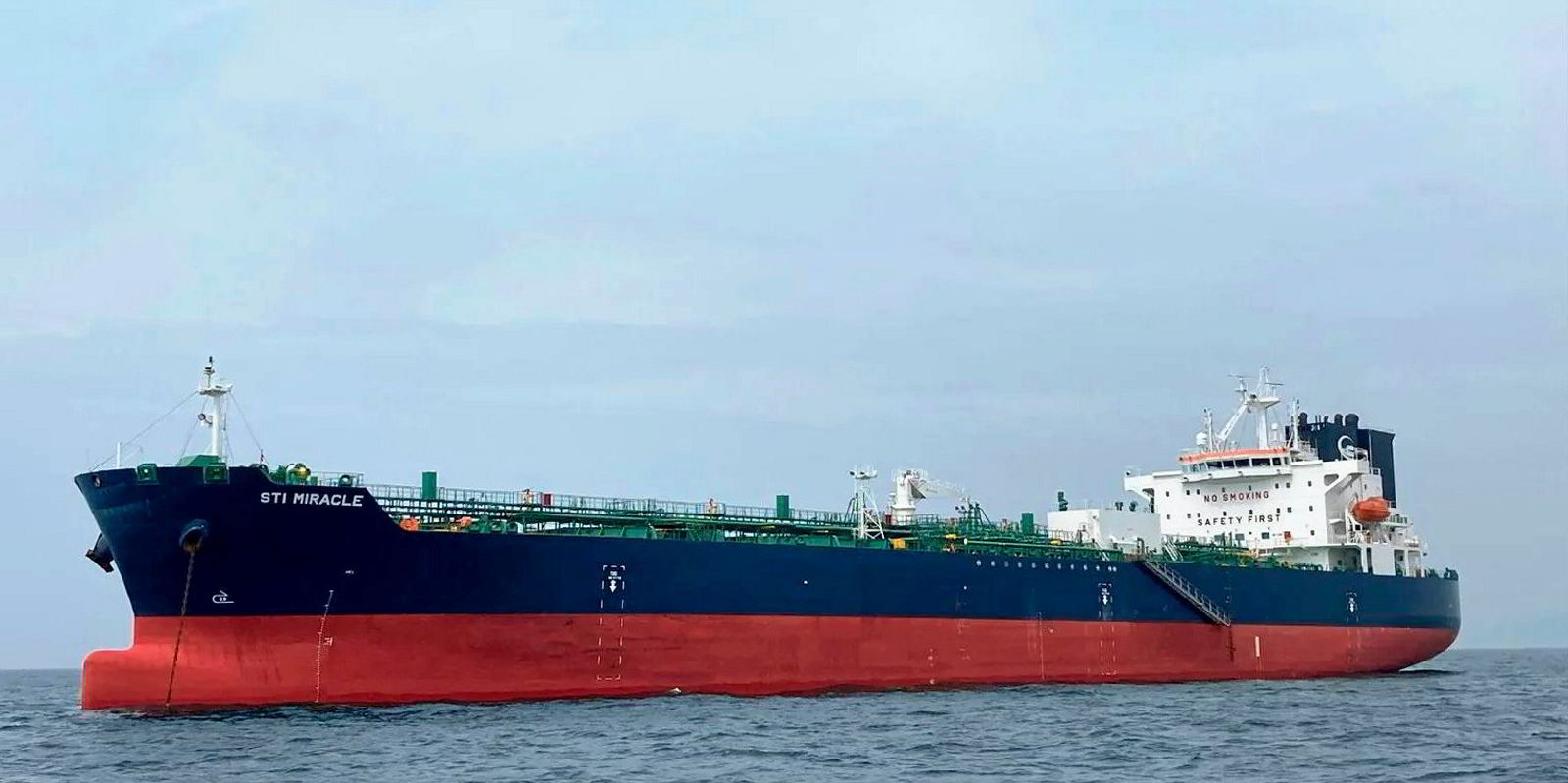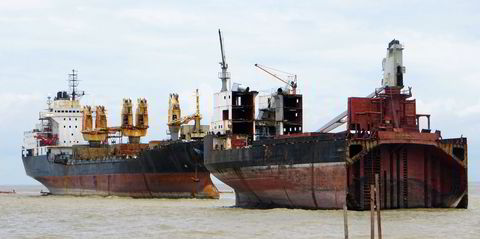Brazil could be first in line to capitalise on increased Chinese crude demand in 2024, boosting tonne-miles and positioning tankers for a great year, said Danish Ship Finance.
Trades from Brazil and US to China have been the biggest drivers of demand for VLCCs in 2023 and the two countries are well-placed to capitalise in the coming 12 months, said the financier in its six-monthly review of the markets.
“Strong financial and geopolitical ties between China and Brazil may put Latin America’s largest exporter of seaborne crude oil first in line,” said the forecast.
“VLCCs are in a favourable position: they stand to gain as the US and Brazil ramp up their long-haul export volumes to cover for limited Middle Eastern exports to China in 2024.”
Opec+ nations led by Saudi Arabia and Russia have cut production by a combined 1.3m barrels per day (bpd) since July.
Non-Opec+ producing countries have filled the gap with China accounting for 77% of the projected extra 2.3m bpd in 2023, according to the International Energy Agency oil report in October.
Global demand is expected to slow but continue climbing in 2024 to 102.7m bpd, from 101.9m bpd in 2023, said the IEA.
But if the production restrictions continue into next year, Opec members in the Middle East may add only a combined extra 300,000 bpd in 2024, said Danish Ship Finance.
It means that China will have to look outside of Opec+ countries for an extra 600,000 bpd in 2024.
If China sources more barrels on long-haul routes from Brazil and the US, VLCC demand could grow by 6% in 2024, while the fleet is expected to expand by just one vessel, it said.
“Tanker vessels are structurally positioned for a great 2024,” it said.
“Longer travel distances will propel demand for crude and product tankers in 2024, whereas the remaining vessel segments will largely maintain their average travel distances.”
Some 15% of volumes discharged in China currently come from Brazil or the US, up from an average of 8% from 2017 to 2022.
State-owned oil company Petrobras reported that 40% of its exports went to China in the third quarter of 2023, compared to 28% in the same period last year. Short-haul exports to the rest of Latin America and the US went from 40% to 20% over the same period.

Shipments from Brazil take an average of 42 days at sea and 52 days from the US. Short-haul voyages from the Middle East to China take about 20 days.
New environmental regulations will also have a significant impact on the Brazil to China trade route, with 96% of the VLCCs operating the route running on conventional fuels. Three in 10 of them are also aged more than 10 years.
“Brazil-China and US-China are long routes, burning significant amounts of fuel and adding to absolute GHG emissions. Older VLCCs may have to slow steam to align with emission targets,” it said.
“A 20% speed reduction on the Brazil-China and US-China routes would increase time spent at sea to 50+ days, further supporting increased VLCC fleet utilisation.”
Read more
- VLCC rally from US Gulf expected despite election uncertainty
- ‘Higher for longer’: Okeanis fixes four VLCCs as long-haul rates top $100,000
- Great Eastern not betting the house on crude carriers
- OET profit slows down in the third quarter from record highs
- Crushing it: International Seaways delivers earnings beat and more dividends





